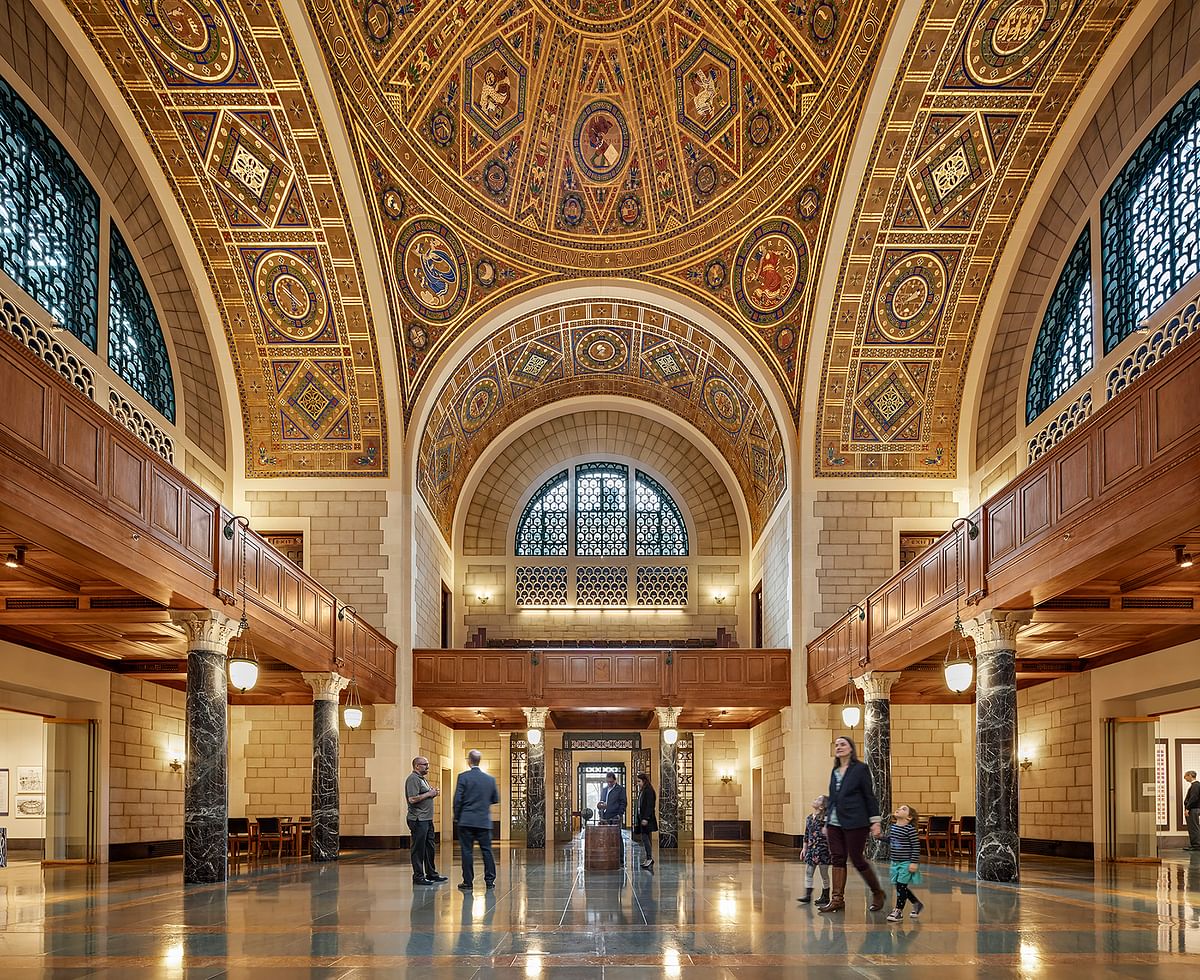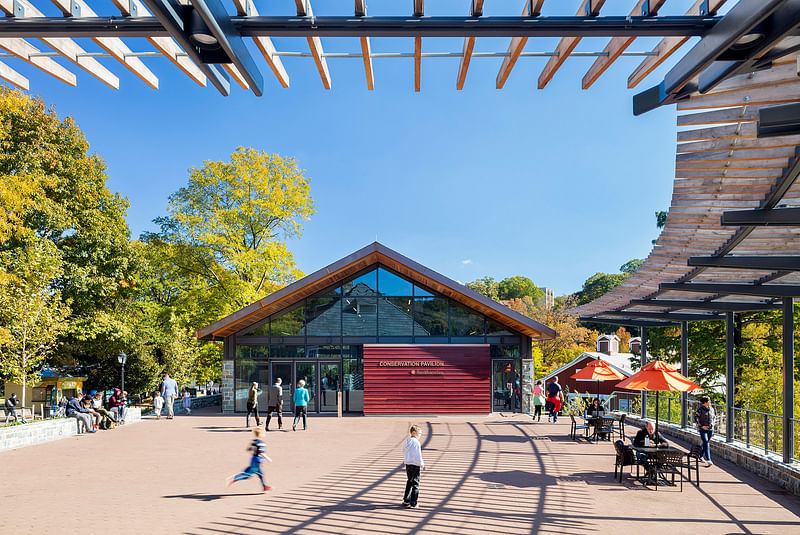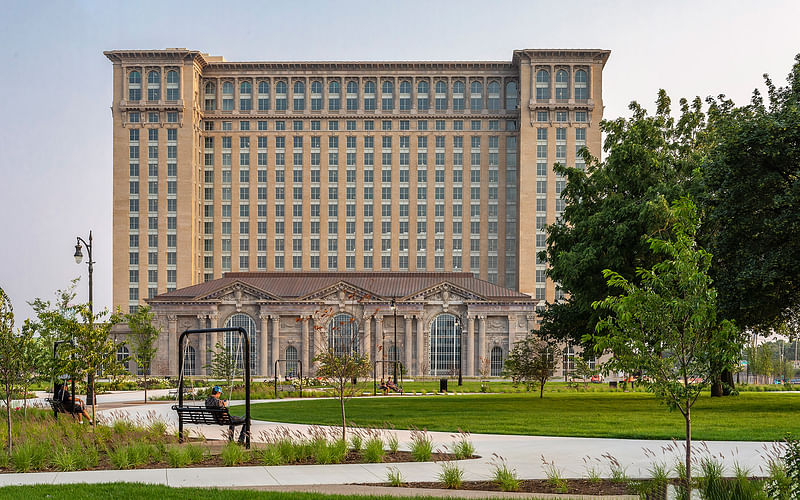Quinn Evans is the 2024 AIA Architecture Firm Award winner
By Josh Niland|
Friday, Dec 15, 2023

Related
The American Institute of Architects (AIA) has announced their selection of Quinn Evans Architects as the AIA Architecture Firm Award winner for 2024. The annual prize is the highest honor the organization bestows on an architecture practice and recognizes works that have consistently produced distinguished architecture for at least ten years.
Citing a track record of “redefining preservation as it has restored hundreds of the country’s cherished buildings and sites,” the AIA said the 39-year-old Washington, D.C.-based practice has stood out for its deep and affirming commitments to achieving social equity through architecture and concurrent innovations in adaptive reuse.

Founders Michael Quinn and David Evans have propelled the firm’s growth since 1984 after engaging in a series of Main Street revitalizations throughout the U.S. and eventually earning important commissions for the Michigan State Capitol and Eisenhower Executive Office Building. Other recent projects mentioned in the AIA’s official citation include the restoration of D.C.’s National Academy of Sciences and forthcoming Phase 2 renovations at the National Air and Space Museum.

“While well known for how it adroitly interprets history and culture, Quinn Evans has also long been attuned to the environmental benefits of reuse,” the citation reads. “The firm is guided by the mantra 'the greenest building is one that is already built,' and it synergizes preservation and sustainable design to imbue existing buildings with new purpose and a brighter future. The firm’s study of pre-fossil-fuel-era building traditions helped dispel an array of misconceptions about the performance limitations of historic buildings, unveiling their relevance in creating a more sustainable future.”

“As the U.S. continues to grapple with the inequity inherent in the country’s colonial European legacy, the firm’s work helps communities catalyze positive change,” says the AIA finally. “It has engaged Indigenous peoples from a number of communities to shape a stewardship framework for the protection of sacred sites in Minnesota and has identified and documented a number of fragile Detroit sites that are linked to the struggle for Black civil rights. By connecting fully with the meaning of place and carefully exploring heritage and culture, Quinn Evans has embraced a critical perspective that has had a profound effect on its practice.”
Quinn Evans joins past award winners Mithun (2023), MASS Design Group (2022), and Moody Nolan (2021) as the most recent recipients of this important accolade.

RELATED NEWS Mithun is named the AIA Architecture Firm Award winner for 2023


Share
0 Comments
Comment as :